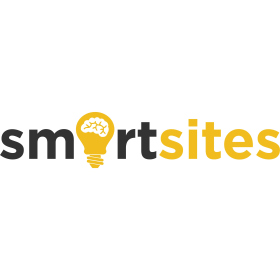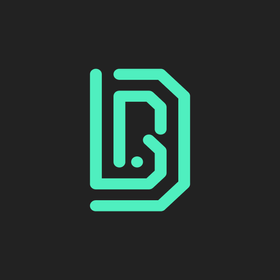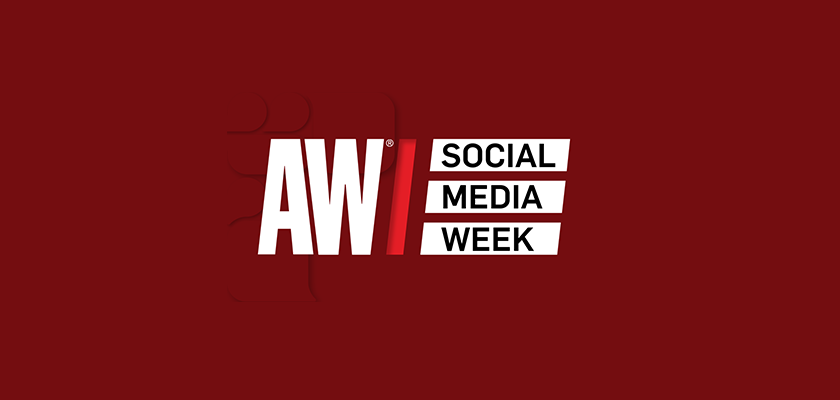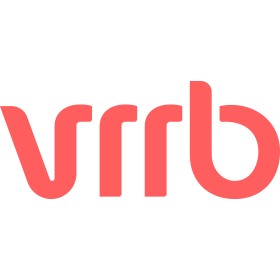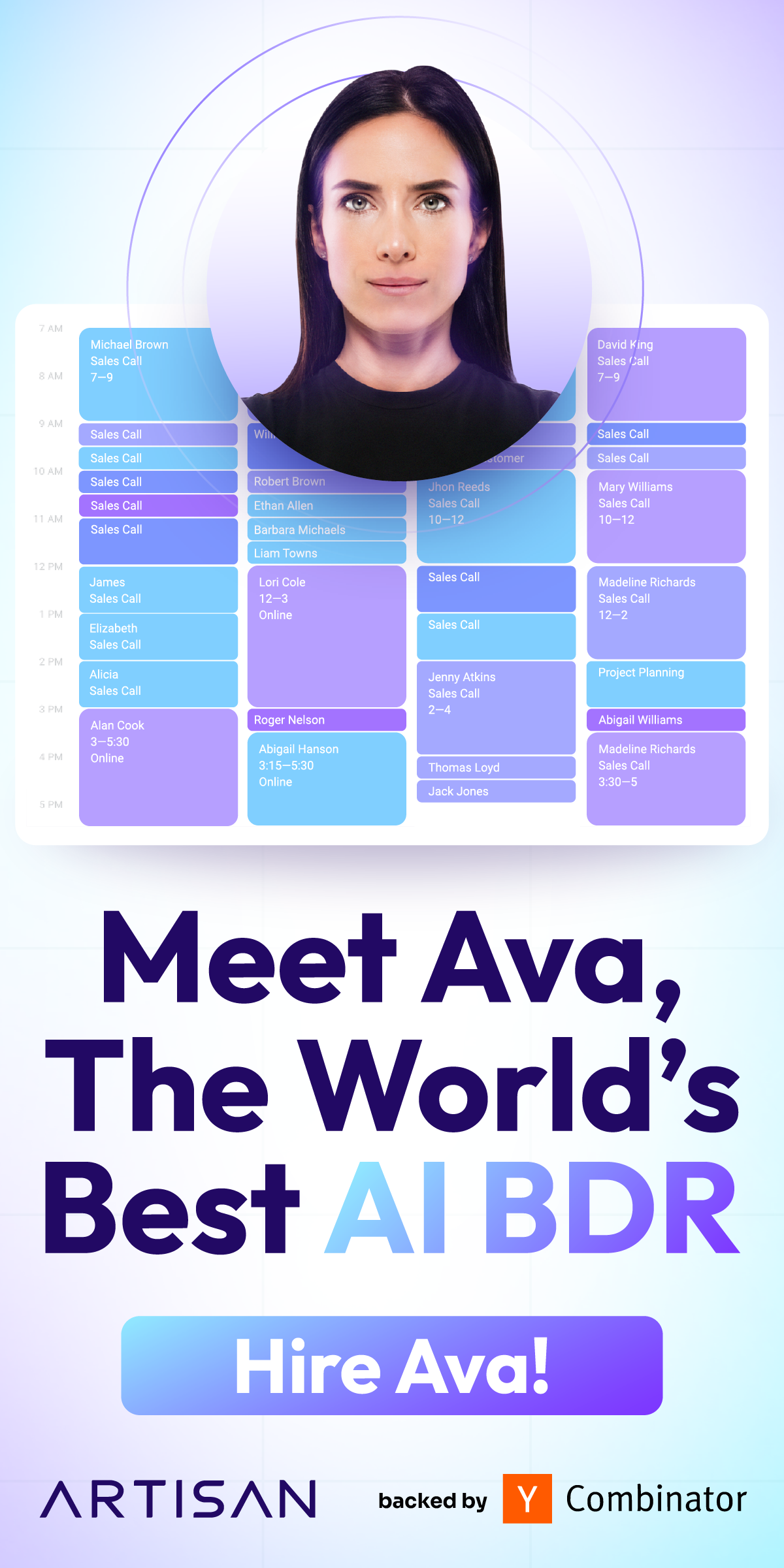
How to Start a Web Design Agency in Just 12 Easy Steps?
So, are you thinking of starting a web design agency? It’s a glorious idea.
Rapid digitization has shown businesses how successful or disruptive a good online presence can be for businesses. In fact, 50% of customers claim that a firm’s website design influences how they perceive the company. Naturally, this situation also creates an opportunity for the increase in the number of quality web design agencies.
Today, it’s much more common to start your own business. After acquiring the necessary web design skill set, including coding, design, and SEO knowledge, you’re well-positioned to start your web design agency. Just a few final steps stand between you and your dream.
With every project, you have the chance to transform a blank digital canvas into a vibrant, interactive masterpiece that achieves business goals while delighting users. This is the power and promise of web design in the modern age, and it’s an open invitation for you to bring your vision, skills, and entrepreneurial spirit to the forefront.
Embarking on the journey of building a web design agency is more than a leap of faith; it’s a strategic decision backed by a growing need across industries for standout digital experiences. The question, however, isn’t just about how to start a web design business, it’s about identifying and seizing the opportunity to provide value in a crowded marketplace.
Navigating the steps to start a website agency involves clear planning, dedication, and an understanding of your target market. It’s a path that offers both financial rewards and the chance to transform your passion for design into a thriving enterprise.
How to Start a Web Design Business
The path to starting a web design agency is filled with opportunities to innovate, inspire, and influence the online world. This adventure requires a unique blend of skills, though. Creativity is your compass, guiding you through the aesthetic aspects of web design, ensuring each site is not only functional but visually compelling as well. But only creativity is obviously not enough. You need to have your technical skills, helping you navigate the complexities of coding, user experience, and responsive design. In fact, “real web designers write code. Always have, always will.” says Jeffrey Zeldman, a pioneer in web design and founder of A List Apart. So you need to develop your technical skills if you’re on the verge of starting a web design business.
And your entrepreneurial spirit? That’s the wind in your sails, driving you forward, encouraging you to take risks, seize opportunities, and navigate the challenges of building a business from the ground up.
Starting a web design business is a journey of continuous learning and adaptation. The digital landscape is always changing, and with it, the tools, technologies, and trends that shape our work. So, you need to stay curious, stay passionate, and remember that every challenge is an opportunity to innovate and grow.
Yes, you need your technical skills and creativity to start your own web design business. But today’s competitive industry requires more than just these two. It also demands a strategic approach to establish your footing and thrive. As the digital world expands, so does the opportunity for web design companies to make their mark. Here’s how you can turn your skills successfully into a career, complete the startup process and launch your agency.
1. Conduct Thorough Market Research
Your first step should be to begin by researching the web design market. Comprehensive market research allows you to grasp the needs of potential clients, identify the competition, and spot emerging trends. You can use online tools and surveys to analyze what businesses in your target market are looking for in a web design. This insight is crucial in differentiating your services and positioning your web design company as the go to solution.
Are you focusing on small local businesses, startups or perhaps a specific industry like eCommerce or healthcare? Finding a position where you can succeed in the digital ecosystem is the objective of this stage.
2. Define Your Niche
You should conduct market research to identify underserved industries or emerging trends where your agency can become the go to expert. In the vast sea of web design, finding your niche can significantly bolster your chances of success. Whether it’s small businesses, eCommerce, or specific industries like healthcare or real estate, specializing allows your web design business to attract a focused clientele. It also helps you to tailor your services more precisely, making your web design company a specialist rather than a generalist.
3. Define Your Agency and Your Business Plan in Detail
UX Consultant and Author, Paul Boag, says:
“Without a concrete plan, these goals were nothing more than wishful thinking.”
This strong quote summarizes the consequences of having no plan for your web design business. So, take the time to define your agency. Your definition is what your agency represents, as well as how your business is perceived by your customers.
The most effective way to define your agency is to ask your own questions and answer them in detail. These questions should be strategic and intentional. Your defining questions should be like:
- What is our agency’s approach?
- What is our story?
- What problems do we solve?
- Why do you trust our team?
After questioning, you should give striking answers. Your answers also should be as creative, defining, and impressive as your questions. These questions and answers will give credibility to your clients about your agency.
4. Offer a Unique Service Package
With numerous web design businesses vying for attention, offering unique service packages can be your ticket to standing out. Consider bundling design services with SEO, content management, or social media integration, and AI providing a comprehensive solution that adds value beyond the standard. Tailoring packages to meet the specific needs of different business sizes or industries can also enhance the attractiveness of your web design company.
In web design, AI is like that insightful friend who knows exactly what your customers want, even before they do. You can imagine it as being able to tweak your website’s content, layout, and offerings based on each visitor’s unique preferences and behaviors. That’s the power of AI brought to the table, turning every visit into a personalized experience that speaks directly to the user’s needs and interests. For businesses today, AI is a game-changer. By implementing AI into your web design strategy, you’ll be able to craft an experience that resonates, retains, and converts. And in a crowded marketplace like web design agencies, that’s exactly where you want to be.
5. Develop Strategic Partnerships
Collaborating with other businesses can expand your service offering and bring new clients to your door. Strategic partnerships with digital marketing firms, content creators, or technology providers can offer a holistic package to your clients. For a new web design business, these partnerships not only broaden your service portfolio but also provide networking opportunities for growth and expansion.
You might consider partnering with non-competing businesses that serve the same target market, such as IT firms, to offer comprehensive packages.
6. Legalize Your Business and Create Your Brand
Before you dive into projects, best make sure your web design business is legally compliant. Here are some of the steps:
- Register your business
- Understand the tax implications
- Secure any necessary licenses or permits
Yes, a legal foundation protects your business, but it also builds trust with your clients showing how your web design company is a professional and reliable entity. So, decide on a business structure that best suits your needs and protect yourself legally.
If you’re new to these topics, you can consult an experienced financial advisor to draw a useful guideline for you. There are various types of companies, which affects the tax you will pay and all the processes you will need to manage while serving your customers.
The most common legal entities are sole proprietorships, partnerships, limited liability companies (LLC), S corporations, and C corporations. You need to check out which one is best for your web design business. You can choose to start a sole proprietorship and change it when you need it in the progress of time.
7. Design an Impressive Agency Website
As a web design business, you should put all your skills and experience to design a website belonging to your agency that shows that you are different and better than other companies. Your website is the first impression for your clients and the first step in convincing them that what you’re doing is great.
As an excellent example of digital agency website design, we want to mention KOTA. With their motto “rebel against boring,” the creative web design agency strongly emphasizes that nothing they create is boring.
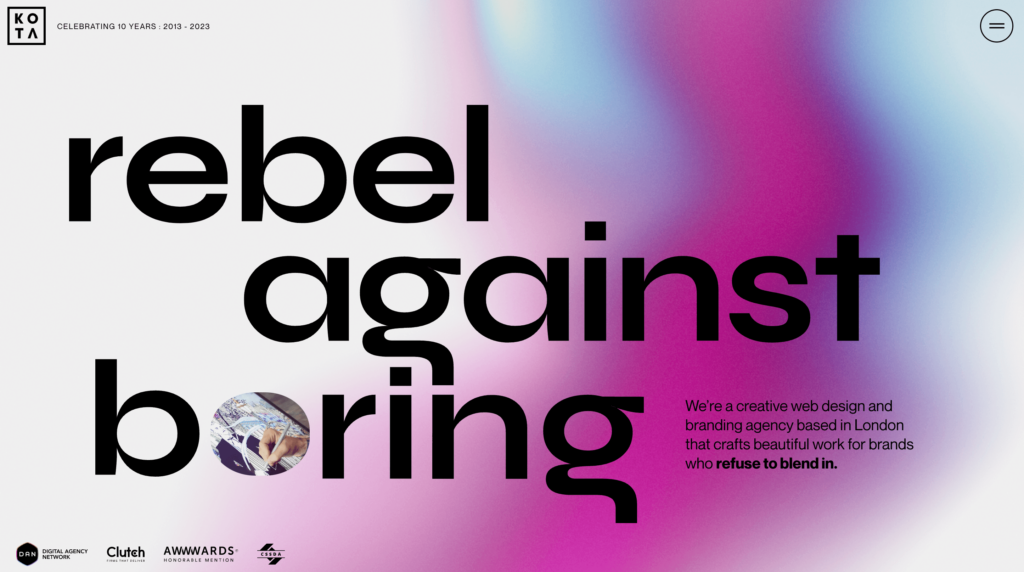
KOTA, a UK-based agency, boasts a team with skills that span the creative universe. Their website reflects that vibrant energy in a way that will leave you saying “wow.” Prepare to be dazzled by a feast for the eyes – bursting with color, yet perfectly balanced. As you scroll, geometric shapes dance across the screen, creating a captivating, layered effect. The agency throws a fun curveball with their navigation as well – unlike most websites, the menu lives in the upper right corner. But fear not, finding everything you need is still very easy. Services, stunning case studies – it’s all right there on the homepage as well, waiting to be explored.
Remember that as a web design agency, your website itself is the best thing you can use to impress potential customers. Nothing tells your story better than your website and your portfolio of completed work. If you don’t have a few completed works to highlight in the beginning, you can consider building some volunteer sites to strengthen your portfolio. Make sure you have enough social proof to display.
An impressive agency website serves as a powerful tool for client conversion, reflecting the excellence clients can expect from your services. After all, websites that convert are all what we want.
8. Build a Portfolio That Stands Out
As we mentioned briefly in the previous section, a compelling portfolio is your web design company’s strongest selling point. It shows your web design skills, style, and the range of projects you’ve handled, providing proof of your expertise. So, we recommend you begin by including projects you’ve worked on, even if they were for friends, non-profits, or personal experiments. A diversified portfolio that displays a range of styles, functionalities, and industries will speak volumes to potential clients about your capabilities. So, ensure your portfolio highlights your diverse capabilities – from responsive design to user interface design – and update it regularly with your latest and greatest work.
One of our favorite web design agency portfolio pages belongs to eDesign Interactive.

eDesign Interactive, one of the leading digital agencies in the USA specializing in web design, has built an impressive portfolio through collaborations with various brands and companies and displays their achievements in their portfolio page. The interactive elements used both on the portfolio page and on the website in general make the user feel like they’re in a video game. However, the main reason we wanted to mention the USA-based agency’s portfolio page for your inspiration is because it has a creative design that is easy on the eyes. The white background highlights the used elements, while the square-shaped displayed images and projects have a minimalist design. The fact that it is easy to understand which brand belongs to which industry also gives potential customers the opportunity to easily examine the projects. eDesign Interactive stands out as a successful web agency, among others, offering a model for excellence that others can follow.
9. Develop a Pricing Strategy
Pricing your web design services can be challenging. You need to do your research on what others in your niche are charging, or have a look at a digital agency pricing guide to have a general idea, but also consider the value you provide. Whether you opt for project-based pricing, hourly rates, or value-based pricing, be transparent with your clients about what they can expect for their investment.
Determining how to price your services is crucial for the sustainability of your web design business. Your pricing strategy should reflect the quality of your work, the complexity of projects, and market rates, while also considering your business costs. Offering different pricing tiers or packages can accommodate a range of client budgets, making your services accessible to small startups as well as established companies. Remember that transparent pricing on your web design website can help set clear expectations and build trust with potential clients.
10. Market Your Services
Now, it’s time for the fun part. With your web design business up and running, it’s time to attract clients. Effective marketing strategies can include digital marketing, content marketing, social media engagement, and networking at industry events. We recommend you utilize a combination of online and offline marketing strategies to promote your web design agency. Remember that your goal is to build relationships and trust with clients. Thus, highlighting client testimonials and case studies are also highly powerful. Continuous marketing efforts are essential to keep the pipeline of projects flowing and to build your brand’s presence in the digital world.
However, offering only to build a website may not be enough for your agency. Other services are a plus for it to continue running smoothly and finding more customers. Thus, you should consider ways to bring extra value to your clients with numerous services and products.
For being useful in many fields, your web design company can also include other in-demand services such as logo and brand design, photography and videography, networking, advertising, growing an online community, development, search engine optimization, managed hosting, and more.
11. Deliver Exceptional Client Experiences
The success of your web design business hinges on the satisfaction of your clients. Manage expectations from the start, communicate effectively throughout the project, and ensure you deliver on time and within budget. Happy clients become repeat clients and often your best source of referrals. And don’t hide your success! Display web design client feedback on your website to encourage potential visitors to collaborate with you.
12. Plan for Growth
As your web design company starts to gain traction, think about how you can scale. This means hiring additional designers, expanding your service offerings, or investing in marketing. Growth should be strategic, ensuring that the quality of your work and client relationships remains high.
Stay abreast of the latest web design trends and technologies to ensure your services remain relevant and competitive. Continuous learning and adaptation are key to sustaining long-term growth and success in the ever-changing web design industry.
How to Find Your First Web Design Business Clients
Finding the first clients is the last step of this process. In the beginning, your SEO work is going to take some time to kick in. You can reach the client through social media and a network you are connected to, or through colleagues. Since it is your first work, you need to make a good impression for your next work as a reference. Understand your customer’s needs, prioritize them, and get to know the brand’s mission and values because the work you put out there is a reflection of how you work.
Before you move on to your next job, evaluate yourself. How did you do? Could you do better? Which parts should you focus on? The answers will be your guide to landing your next client for your web design agency. Other things you can do to reach out to your future web design businesses:
- Reaching out to your personal network.
- Cold calling and emailing.
- Publishing new content on your website.
- Asking existing or former clients for referrals.
- Scouring job boards for good opportunities.
Be near your potential customers and introduce your web design agency by showing them what they are missing and how your agency helps them faster and more efficiently. Tell them about your products and services and the collaborations you are in. Looking at some examples first gives the client an opportunity to show how you work.
You shouldn’t be in a rush to find your customers because it will of course take time to be successful at almost every stage of this business. For this reason, you have to be confident and patient throughout the whole process.
Conclusion
We hope this article is a helpful guide to your questions like “how to start a web design agency” in mind. This whole journey is about charting a path that reflects your unique creativity and strategic insight, carving out a space where your designs are an answer to your clients’ needs.
Here’s to the journey ahead – may it be as vibrant and dynamic as the websites you’ll bring to life.

